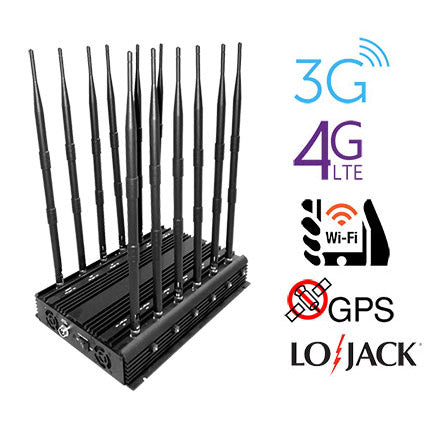How to choose a full-band signal jammer for different use environments
When choosing a full-band signal jammer, you need to consider different usage environments and needs. Here are some factors for choosing a full-band signal jammer:
Frequency band coverage: The full-band signal jammer should be able to cover all the frequency bands you are concerned about. Different shielders may provide shielding for specific frequency bands (e.g. RF, Radio, Bluetooth, etc.) or multiple frequency bands. Make sure you choose a device that blocks all the frequency bands you need.
Environment of use: Consider the environment in which you plan to use the full-band signal jammer. If you need to use it indoors, then a table-top unit might be more suitable. For outdoor use or mobile applications, you may need to choose a portable or vehicle-mounted shielding device to suit different environments.

Shielding effect: Different full-band signal shielding instruments may have different shielding effects. It is important to understand the shielding performance and technical specifications of the equipment. You may want to check your device's tech spec sheet to see how well and how well it shields different types of signals.
Power Consumption and Power Requirements: Consider the power consumption and power requirements of the device. Some full-band signal jammers may require a higher power supply or longer battery life to meet your needs. Make sure the device's power requirements match your usage.
Additional Features: Depending on your specific needs, you may also need to consider additional features such as data logging, remote control, connection interfaces, etc. Some shielding meters may have additional features that enhance their usefulness and convenience.
The best choice of full-band signal jammer depends on your specific needs and usage environment. It is recommended to do market research and read product specifications and user reviews before purchasing to ensure you are choosing the right equipment for you.













